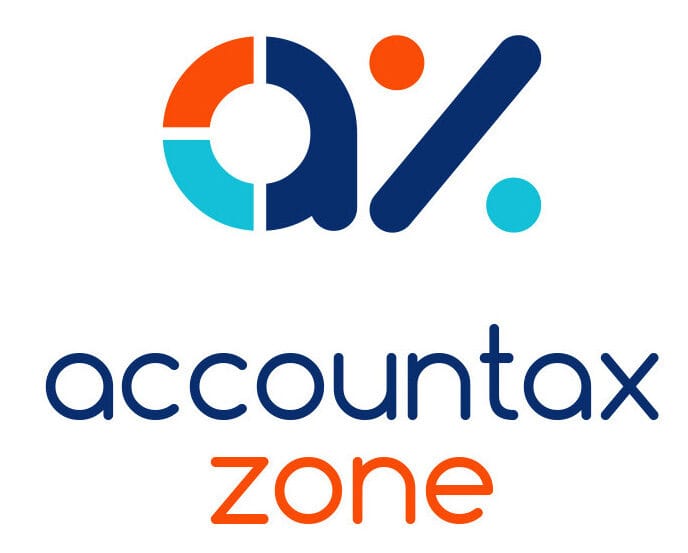Many directors believe they have an absolute right to monies deposited in a company’s bank accounts. However, payment cannot just be withdrawn as there are set procedures to follow to be legally compliant.
‘Illegal’ dividend
A dividend is a distribution of post-tax profits and it can only be paid if the company has sufficient retained profits from which to make payment. Therefore, before declaring a dividend, it is necessary to check this. If a dividend is paid without a sufficient amount of profit to substantiate the payment, this effectively means that the company is insolvent and considered to be breaking (company) law. Even if the bank account is in credit as of the withdrawal date, it does not necessarily mean that sufficient profit has been made to cover the payment and it is the retained profit that needs to be considered. Therefore, a dividend could be paid in a loss-making period providing there are sufficient ‘distributable’/retained profits brought forward to make an overall profit. Conversely, a dividend cannot be paid if a profit had been made in an accounting period but retained losses brought forward mean that the overall result is a loss.
You may also like to read: Post-cessation expenses – When and how are they allowable?
Preferences
Where a dividend payment has been made out of retained profits, there may be instances where a shareholder would prefer not to receive payment of all or part of the dividend or where it would be tax advantageous for that particular shareholder not to do so.
Such a situation may arise where one or more shareholders is a higher rate taxpayer and the others are either basic rate taxpayers or do not pay tax. A shareholder may also prefer not to receive a dividend payment if they claim Child Tax Credit, as inclusion of a dividend in the calculation may take the total income over the limit, or if by taking the payment the shareholder is affected by the High Income Child Benefit charge. All shareholders with the same class of share receive payment in proportion to their individual shareholdings and so, unless ‘alphabet’ shares are in place, the shareholder will have to consider ‘waiving’ (deferring) payment. ‘Alphabet’ shares are different classes of shares denominated by a letter which allow for dividends to be paid at different rates for each class of share.
Should a shareholder not wish to receive a dividend, they may voluntarily ‘waive’ (give up entitlement to) payment, such that none is received; the remaining shareholders still receive their allocation. The waived dividend remains in the company’s bank account.
HMRC’s stance
The amount of dividend waived remains within the company resulting in additional funds available to the remaining shareholders. The question is – is there anything to stop the directors from increasing the dividend for the remaining shareholders in this situation? The answer will depend on the reason for the waiver. HMRC may argue that the waiver has indirectly provided funds for an ‘arrangement’ or ‘settlement’ and should be denied. The ‘settlement’ rules are anti-avoidance provisions which apply where the settlor (i.e. the person gifting an asset) retains an interest in the asset given away and the settlor or the settlor’s spouse benefits from the gifted asset – an element of ‘bounty’ being required. The dividend will remain with the original shareholder, if the settlement rules are found to apply.
Partner note:










